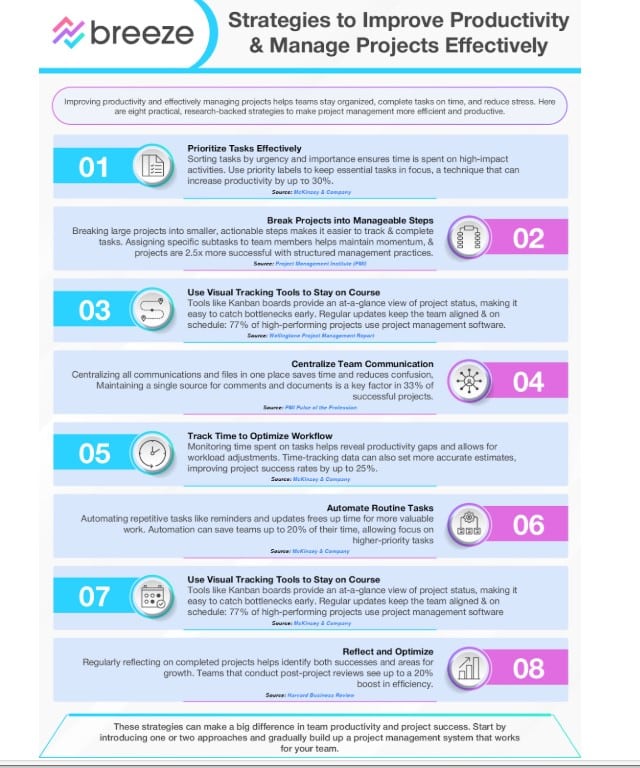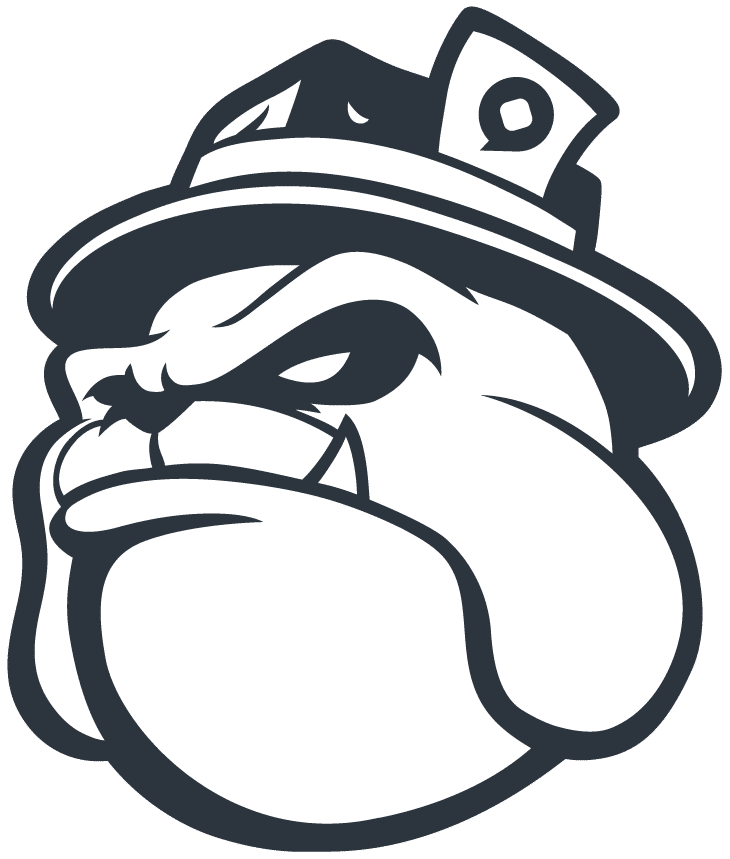Does using the right tools make PR workflows less complex? The answer goes beyond just technology. Effective PR depends on having a solid strategy, including understanding your audience and aligning your messages. While tools can help manage tasks and operations, they cannot build relationships or drive meaningful engagement. So, how can you balance technology with strategy to achieve success? This article outlines practical approaches that PR professionals rely on to stay ahead.

Image source: Freepik
Understanding PR Workflow Complexities
PR workflows may appear complex, but breaking them down makes them manageable. A key element is knowing your audience. Audience segmentation helps you divide groups into smaller, targeted categories. This approach ensures your messages reach the right people.
Once you identify your audience, focus on message alignment. Consistent messaging builds trust and ensures your brand’s voice resonates across all channels. A clear, unified message strengthens your audience’s connection with your brand.
To stay organized, use project management tools like content calendars. These tools help plan and schedule content, ensuring deadlines and important milestones are met. A well-structured content calendar integrates seamlessly into broader workflows, keeping tasks manageable.
Collaborating Across Distributed PR Teams
Project management is essential for distributed PR teams to stay aligned and productive. Start by creating a daily schedule that outlines tasks, deadlines, and key milestones. With the right tool, you can manage projects and every team member gets a clear view of priorities and progress.
Assign tasks and set timelines within the platform to reduce confusion about responsibilities. This structure also makes it easier to track progress, identify bottlenecks, and adjust workflows when necessary. Regular updates through the tool keep everyone informed and focused.
Consistent communication is equally vital. Schedule brief stand-ups or weekly progress reviews to discuss priorities, address roadblocks, and realign tasks if needed. Foster collaboration by encouraging feedback and sharing updates across all channels. Recognizing team achievements and promoting transparency further strengthens trust and accountability.
Key Challenges Faced by PR Professionals
Organizing workflows is only part of the equation. PR professionals face challenges like managing client expectations, working within tight budgets, and handling multiple tasks simultaneously. A proactive approach that focuses on clear goals and priorities is essential.

Image source: Breeze
The Role of Tools in Modern PR Campaigns
Tools play a critical role in helping PR teams stay efficient. They simplify task management, improve collaboration, and make tracking progress easier.
For example, social media management tools allow you to schedule posts and monitor engagement in real-time. Similarly, graphic design platforms make content creation accessible, even for those without design experience. Feedback tools, meanwhile, help PR teams gather insights to fine-tune messaging and strengthen audience relationships.
Using the right tools reduces inefficiencies and ensures your campaigns deliver tangible results.
Media Relations and Pitching Processes
Strong media relations are essential for successful PR campaigns, and outreach tools can help simplify the process. Use them to monitor trends, track journalist activity, and manage your pitches. Tailor your messages by referencing a journalist’s recent work, ensuring your approach is both personal and relevant.
A compelling subject line is important for grabbing attention. Keep it concise and specific to the recipient’s interests, increasing the likelihood of your email being opened.
Outreach tools also allow you to track pitch performance, helping you refine your approach with data-driven insights. Schedule follow-ups and maintain consistent communication to keep media contacts engaged. Building relationships through thoughtful, regular outreach fosters trust and creates a network of collaborators likely to feature your stories.
Optimizing PR Workflows with Analytics and Strategic Adaptation
Leveraging Analytics for Campaign Success
Analytics are key to understanding the effectiveness of your PR campaigns. By analyzing metrics such as social shares, feedback, and sentiment, teams can assess engagement and identify areas for improvement. Data visualization simplifies this process, offering clear insights that guide strategic adjustments in real-time. Regularly reviewing these analytics ensures your campaigns remain aligned with their goals and deliver tangible results.
Adapting Workflows for Crisis Communications
Preparation is the cornerstone of effective crisis management. Establishing a detailed crisis plan that outlines roles, responsibilities, and escalation procedures ensures faster, more cohesive responses. Regular drills help identify weak points and improve readiness. Clear and consistent messaging across all channels reduces confusion and allows your team to maintain control of the narrative, strengthening stakeholder trust during critical moments.
Future-Proofing with Digital Transformation
Adopting digital tools and processes allows PR teams to work more efficiently. Automating repetitive tasks frees time for more strategic work, while agile methodologies encourage adaptability to shifting priorities. Real-time reporting tools offer actionable data that enhances decision-making. By integrating these approaches, teams can build workflows that are flexible and equipped to meet future challenges.
Takeaways
Effective PR workflows thrive on clear priorities, proactive planning, and consistent evaluation. Start by identifying bottlenecks unique to your processes, such as delayed approvals or unclear communication channels. Address these gaps by fostering collaboration through regular team check-ins and creating a process for task accountability.
Rather than focusing solely on tools, ensure your team is trained to use them effectively, particularly for outreach and campaign tracking. Simplify your approach. Work smarter by breaking complex tasks into manageable steps and relying on performance data to guide decision-making.
Lastly, build flexibility into your workflows. Unexpected challenges are part of PR, but a strong foundation of aligned goals, clear roles, and adaptable strategies ensures your team is prepared to respond effectively.



